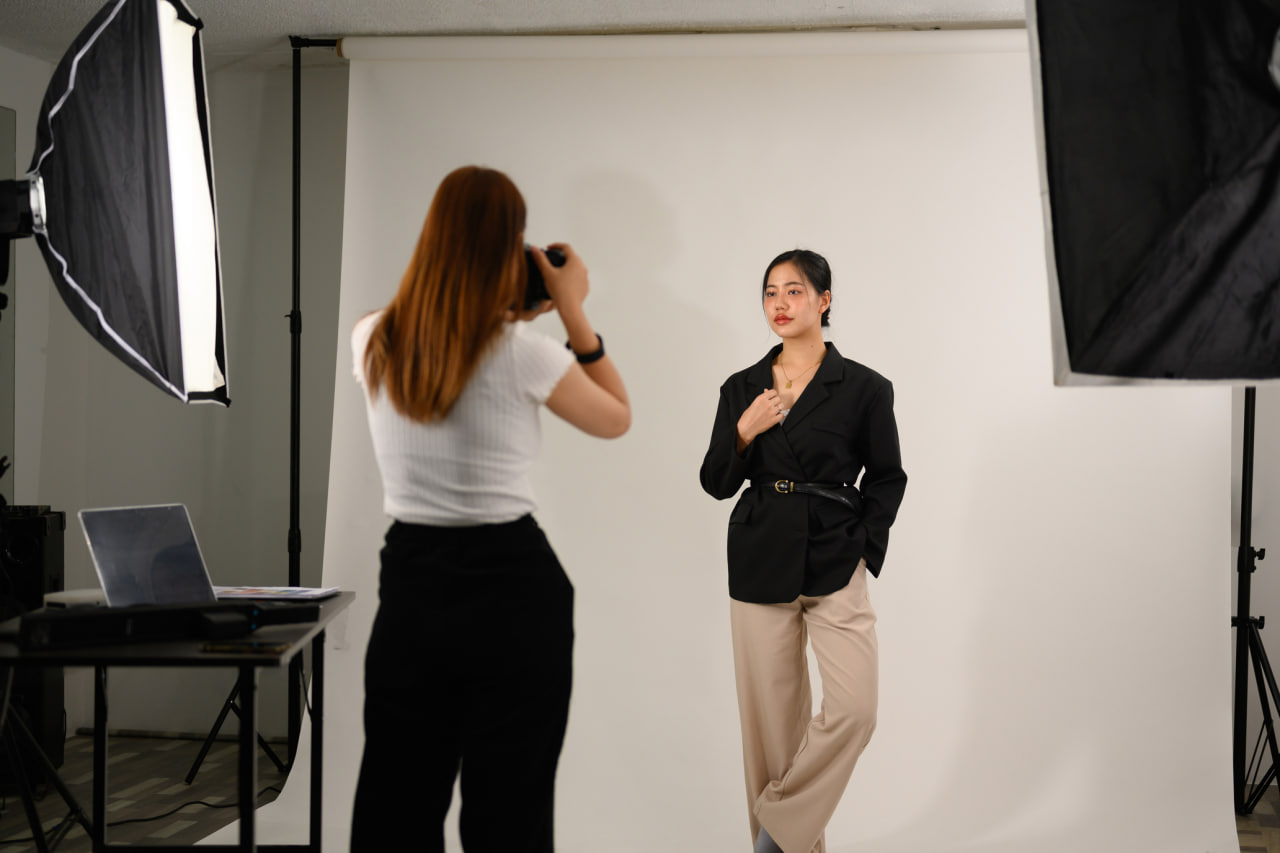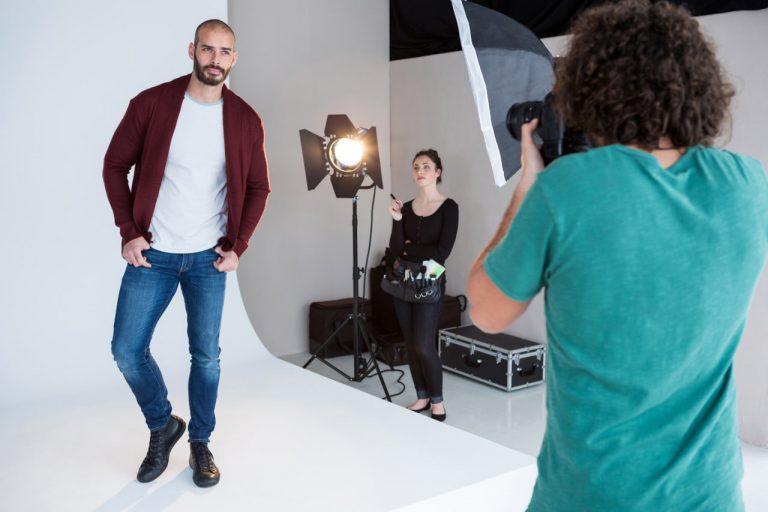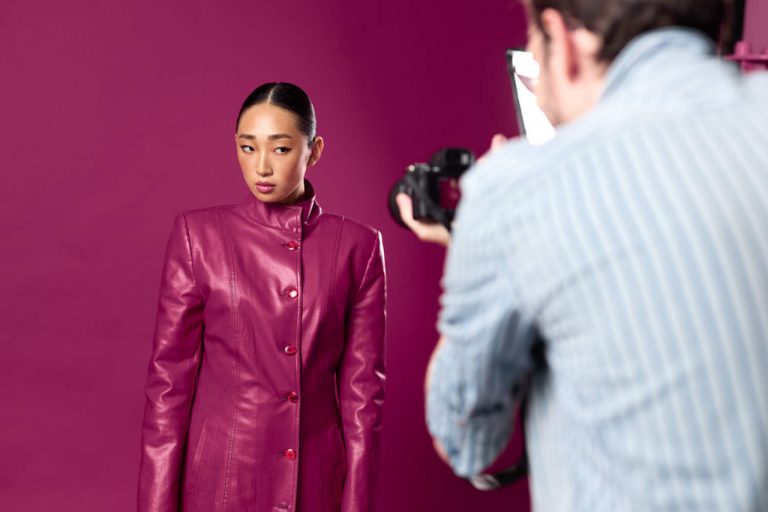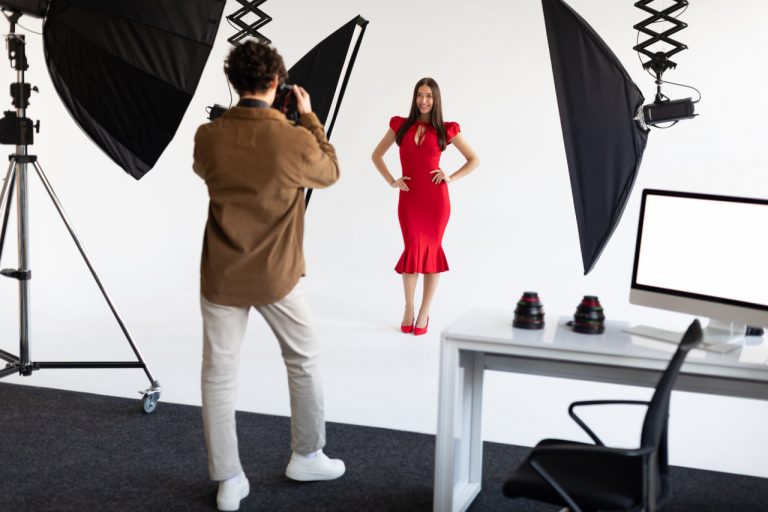Monday to Saturday - 8:00 -17:30

The art of fashion photography extends far beyond camera settings and lighting. Capturing compelling images depends heavily on how models are posed and directed. A skilled photographer guides models to express emotion, accentuate garments, and convey narrative, creating photographs that are both visually striking and commercially effective. Mastering posing and model direction is essential for anyone aiming to excel in the competitive world of fashion photography.
Understanding Body Language
Body language communicates more than words ever could. Every curve, angle, and gesture contributes to the story being told in an image. Before instructing a model, photographers must understand the subtleties of posture, weight distribution, and facial expressions.
Slight adjustments to the tilt of the head, placement of hands, or bend of a knee can dramatically affect the overall composition. Observing how light interacts with the body and clothing helps determine the most flattering poses. Recognizing natural movements and working with them ensures authenticity, avoiding stiffness or forced expressions that detract from the photograph.
Building Confidence and Comfort
Models perform best when they feel comfortable and confident. Establishing rapport at the beginning of a shoot sets a positive tone. Communication is key—explaining the concept, demonstrating poses, and offering constructive feedback creates an environment where the model feels safe to experiment and take creative risks.
Encouraging improvisation and responding to spontaneous moments often results in the most dynamic and natural shots. Confidence translates through the lens, enhancing both the model’s presence and the appeal of the fashion being showcased.
Posing Techniques for Fashion Photography
Effective poses highlight the clothing, convey mood, and maintain balance within the frame. Some core techniques include:
- Lines and Angles – Use the model’s body to create visual pathways that guide the viewer’s eye and emphasize the shape of garments.
- Weight Distribution – Shifting weight onto one leg or leaning slightly forward adds depth and dynamism.
- Hands and Arms – Natural placement prevents awkward stiffness; props or garments can be incorporated to enhance the pose.
- Facial Expressions – Expressions should align with the narrative, from intense and dramatic to light and playful.
Adapting poses to the model’s body type and the style of clothing ensures that each photograph is flattering and aligned with the creative vision.
Directing Models Effectively
Directing models is more than giving instructions—it’s a collaborative process. Clear, precise communication helps models understand the photographer’s intent. Using visual references, demonstrating poses, and providing positive reinforcement are effective methods to guide the model while maintaining a relaxed, creative atmosphere.
Encourage models to interpret directions in their own way. Allowing personal interpretation often leads to fresh, authentic results. Timing and patience are essential, as some poses or expressions may require multiple adjustments before achieving perfection.
Capturing Motion and Emotion
Fashion photography is not limited to static poses. Incorporating movement adds life, fluidity, and energy to the image. Encourage models to walk, spin, or interact with props or garments naturally. Capturing these moments in continuous bursts often reveals the most captivating frames.
Emotion is equally important. Every photograph should tell a story, and guiding models to convey the desired mood—confidence, joy, mystery, or intensity—helps establish a connection with viewers. A strong emotional presence elevates both the model’s performance and the impact of the fashion being presented.



